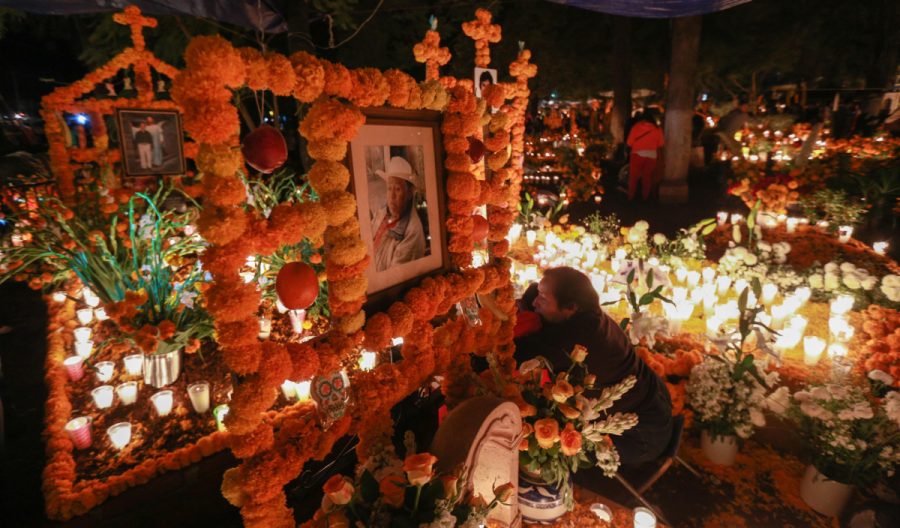Day of the Dead (Dia de los Muertos) is a holiday celebrated in Mexico, other areas in Latin America, and the United States. The purpose is to honor dead relatives and other loved ones as well as make peace with the finality and inevitability of death.
It is derived from rituals of pre-Hispanic peoples of Mexico, led by the goddess Mictecacihuatl (also known as Lady of the Dead). The celebration used to last a month long, however, that changed with the Spanish Roman Catholics’ conversion of the natives. The holiday was moved to align with November 1 and 2, which are All Saints’ Day and All Souls’ Day.
Traditions and customs for celebration vary from area to area. In rural areas it is common to decorate gravesites with marigolds, candles, and the deceased relatives’ favorite foods (as an attempt to reunite with their loved ones). Urban areas frequently have festive celebrations where a lot of food and alcohol are consumed. The majority of families build ofrendas in their homes, set up alters with pictures, candles, flowers, and food.
People consider the celebration to be represented by dark humor, since toys and food are commonly shaped in the form of skulls and skeletons which represent death.
Day of the Dead is a celebration that honors lost loved ones and brings the community together.
Encyclopædia Britannica. (n.d.). Day of the Dead. Britannica School. Retrieved October 9, 2023, from https://school.eb.com/levels/high/article/Day-of-the-Dead/433071


